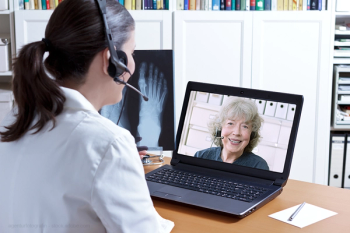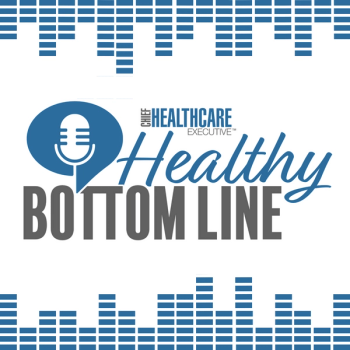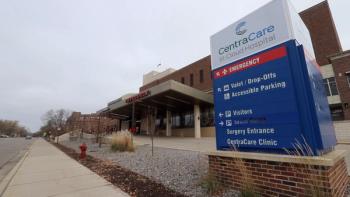
The Healthcare Executive Group surveyed its members as the industry deals with change at many levels.


The Healthcare Executive Group surveyed its members as the industry deals with change at many levels.

In other news, the Cleveland Clinic appoints a new digital officer and the University of Iowa hospital system selects an interim CEO.

The Department of Health and Human Services advised healthcare providers that withholding treatment for those with disabilities violates federal law.

Telehealth use has grown tremendously during the pandemic, but there are gaps in usage, according to a report from the U.S. Department of Health and Human Services. There are concerns about access to video telehealth services.

Roughly two out of three people of color said they canceled or delayed healthcare services during the pandemic, the report said.

As more care is shifted to the home, payers must support better reimbursements for providers, Greenstein said.

At the end of the day, it’s all about meeting the needs of patients. Take a look at our most-read stories on how healthcare systems are finding new ways to serve patients.

Look back at some compelling stories and interviews about emerging technologies and solutions in the healthcare industry.

These were CHE's most popular podcasts over the past year. Check out these fascinating conversations.

Healthcare organizations must make learning new methods to improve safety a constant process. Staff, patients and families should offer input.

Joe Nicholson, DO, chief medical officer at CareAllies, talks about the importance of providers and payers having a good working relationship as well as tips for nurturing that relationship.

They are at greater risk of maternal mortality and more likely to have a wide array of complications. Doctors need to gain more comfort in treating women with disabilities, the study suggests.

Gov. Larry Hogan ordered hospitals to postpone non-urgent procedures when COVID-19 hospitalizations exceeded 1,200. Maryland joins other states taking similar steps and struggling to contain the latest surge.

This year, hospitals aren’t just battling the coronavirus; they’re treating more people with other health issues and dealing with staffing shortages. Hospitals are delaying procedures and diverting patients.

Many Americans have postponed or gone without some medical services in the past year, a KFF poll found. Members of minority groups and those with lower incomes are more likely to have trouble with medical bills.

Two out of three consumers said they didn’t think large hospitals were as careful as they should be with their personal and payment information.

Telehealth use surged due to the COVID-19 pandemic and many patients welcomed the option. But a new survey shows some patients prefer in-person visits for some of their needs.

The surging market reached $23 billion in 2020. It’s expected to grow five times larger by 2025.

More than a dozen organizations are urging lawmakers to permanently protect access to telehealth services. The government has eased restrictions but the waivers are only in place during the COVID-19 public health emergency.

Financial leaders of healthcare systems outlined some of the challenges in reducing unexpected bills in a new survey.

The groups say they support the law and key patient protections. But they argue a provision in the law must be fixed or it could hurt patient access to care and providers could lose out financially.

The $390 million deal is expected to close in early 2022. Cancer Treatment Centers will be converted to a non-profit organization.

Essen teamed up with Verustat to monitor patients in their homes. Essen’s founder calls the partnership a “game changer.”

As more payers shift seniors from in-patient facilities and back toward their homes, more patients need assistance, a new study shows. The burden on patients and families isn’t fully understood.

Mark Spinner, CEO of AccessOne, discusses some of the financing concerns that patients expressed in a recent AccessOne survey as well as some solutions that hospitals and health systems can implement to improve communication and price transparency.